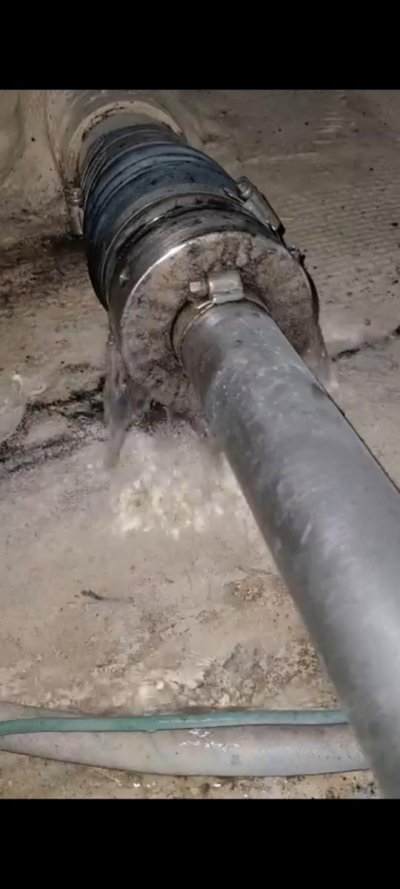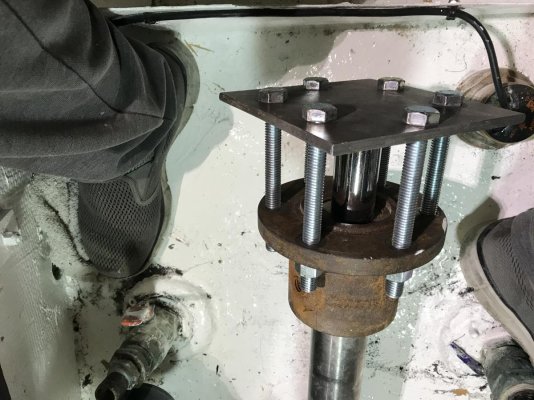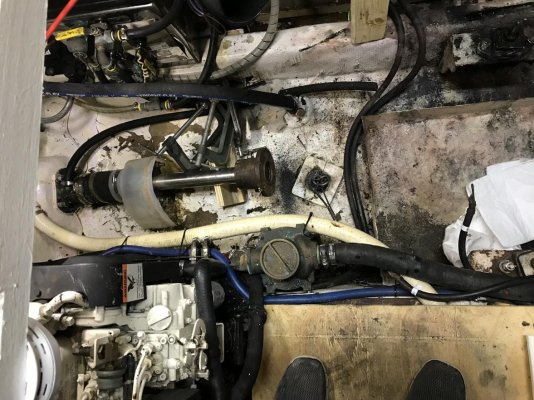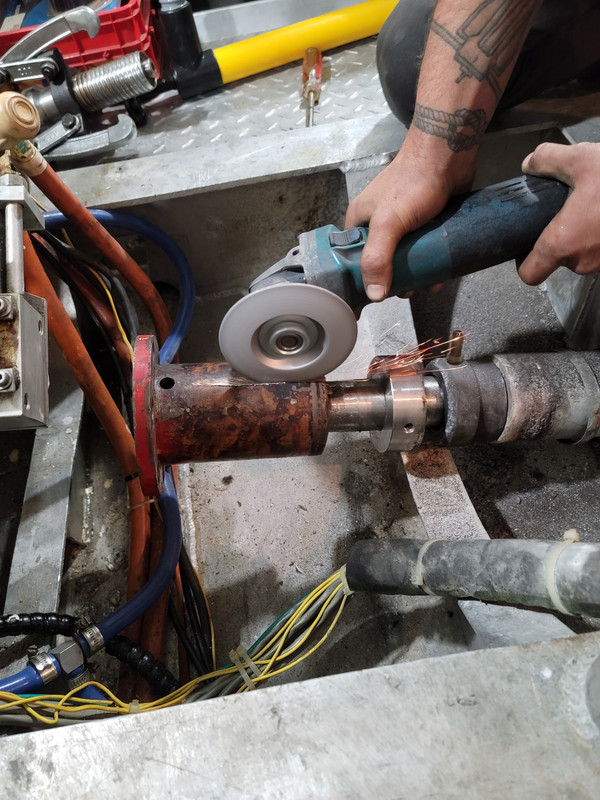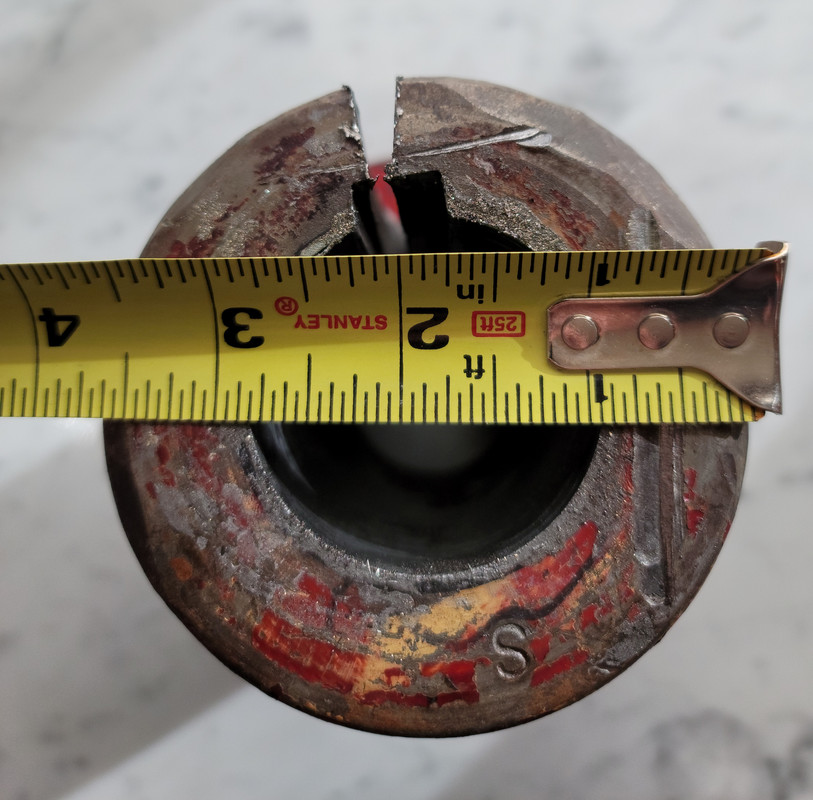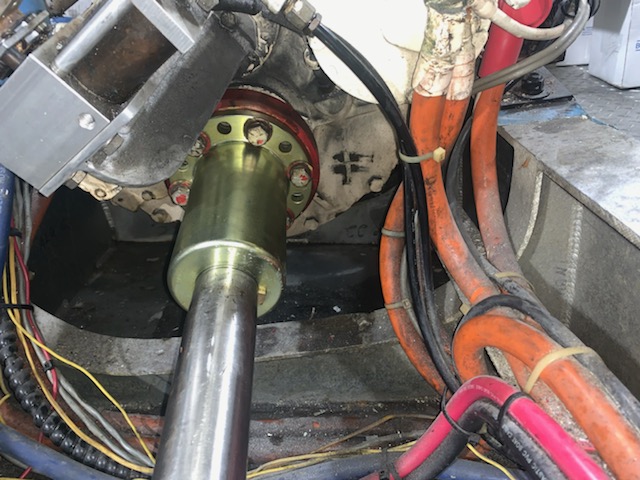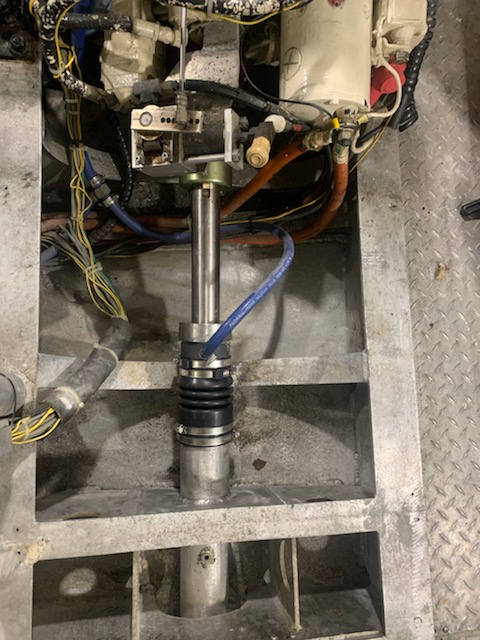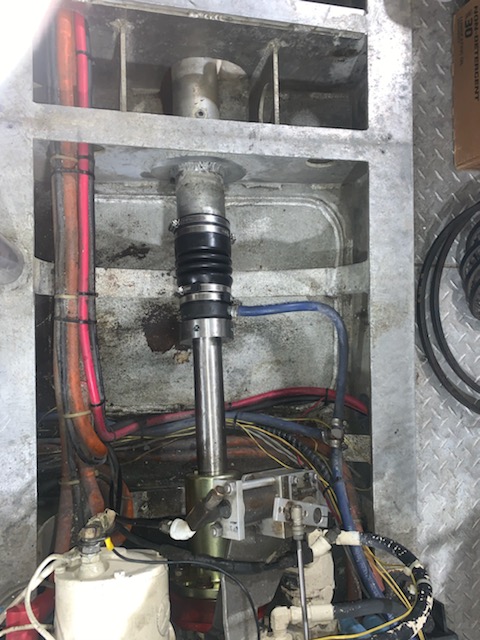I have not had to do replace mine but I have read experienced pros sometimes find that the one piece coupling will not release from the shaft and the shaft must be cut to withdraw to replace the drip less bellows. This then means a new shaft that must be machined to a new coupling as rust will have formed on the old parts.
I was assuming this is what you were meaning. Seems than cutting shaft is a thing, and an expensive one at that. I was going to do a write up on this last month as I went through this myself. Mechanic was replacing my PSS glands and could not get couplers off, they spent 4 hours trying with torches, hydraulic presses, hammers, etc., couplers would not come off.
After 4 hours of trying Mechanic tells me he has to cut my shafts and replace them as well. My first question, how much that going to cost? Response was $4K/shaft($8K total). My answer was im not buying new shafts, yall figure something else out. Mechanic says, let me call some fellow mehcanic buddies and see if they have any ideas. To his credit, he called his buddies on speaker phone right in front of me.
First buddy says, if you can't get couplers off, gotta cut the shaft.
Second buddy says, if you can't get coupler off, gotta cut the shaft.
Third buddy says, if you can't get coupler off, gotta cut the shaft.
Fourth buddy says, ah no problem, just get your grinder with cutting wheel on it and cut the coupler off. Rotate shaft so you are looking straight down and coupler with key way looking back at you. Cut coupler right on top of key way. This way if you wont damage the shaft, you just have to buy a new coupler and new couplers come with new key ways.
Now first thing mechanic says, oh this gonna take at least 2 hours per shaft, I bet him $100 it would take less than 30 min per., it ended up taking 10 min/shaft (Yes I timed it) to cut off each coupler. Replacement couplers were $225 each, way cheaper than shafts. Hope this saves some of yall some money in the future.
Since I know yall love pics, here ya go.


